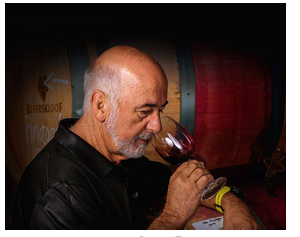Pinotage
- Stellez Vine
- Mar 24
- 2 min read
Pinotage is a famous varietal that is a cross between Pinot Noir and Cinsault, created in the lab in Stellenbosch University, by Abraham Izak Perold.

It was subsequently recognized as a leading varietal when Bellevue winery won the General Smuts Trophy with it in 1959. It's status was further cemented by Paul Sauer of Kanonkop and Beyers Truter of Beyerskloof with international accolades.
Fast forward to 2025, Pinotage is now the third leading growing varietal in South Africa. Behind Cabernet Sauvignon and Shiraz, at 7.5% of the total planted area as of 2023.
As a whole, the number of plantings declined with 196 ha uprooted, as compared 137 ha planted. It reflects the industry malaise as a whole, with a total of 3521 ha being uprooted, and 1507 ha planted.
It's consumption is still mainly local, mainly due to it's pricing.

WSET textbooks describes Pinotage as something oaky, smokey, and perhaps bold. In truth, Pinotage has far departed from these traditional flavors. It has in favour fell back to it's roots (Literally), to a style closer to it's parent varietals Cinsault and Pinot Noir. Light, bright berries and medium acids and tannins.
Still the unmistakable bitter finish can be identified regardless of style.
A brilliant discussion we had with Rob of Remhoogte was that it could be the genetic make up of the varietal that draws in bacteria. This in turn affects the profile of the wines through countless generations. Perhaps a thesis study is in order here.

Pinotage is a fascinating varietal, and it is exciting how it will develop in time to come.
This is back by numbers that it has the highest planting among the red varietals at 137 ha, with Robertson district leading the charge.
Suggested Pinotage to try for starters. Groot Constantia Pinotage.




Comments